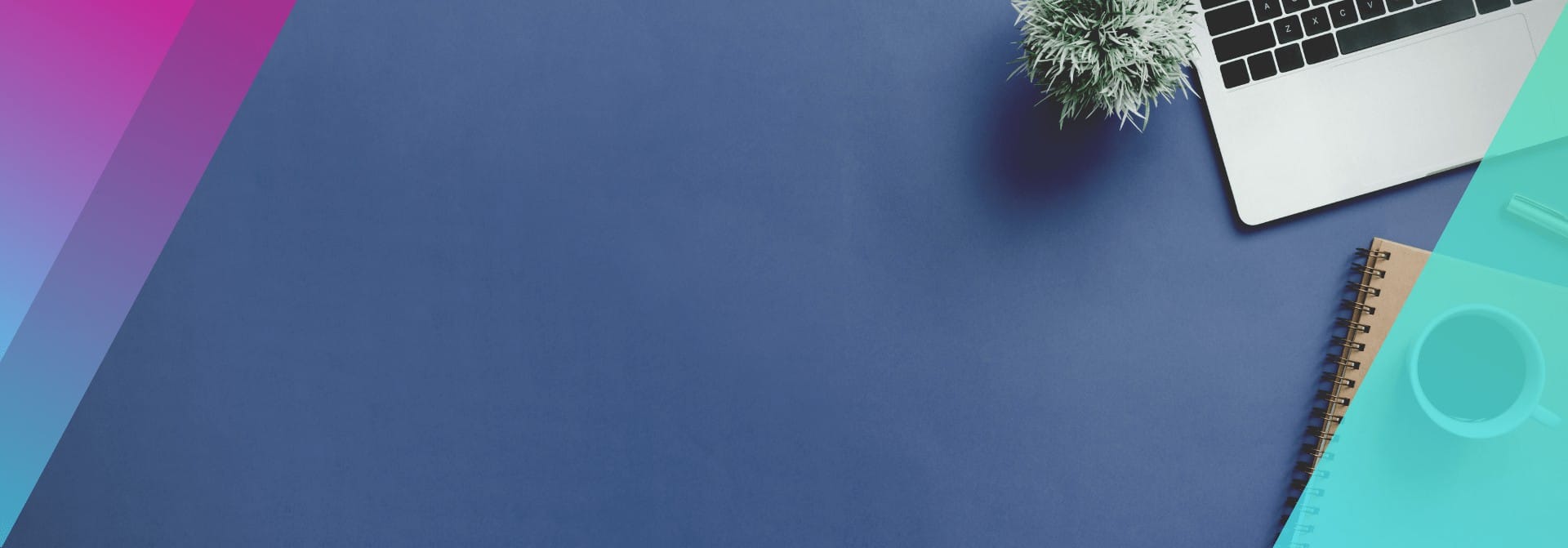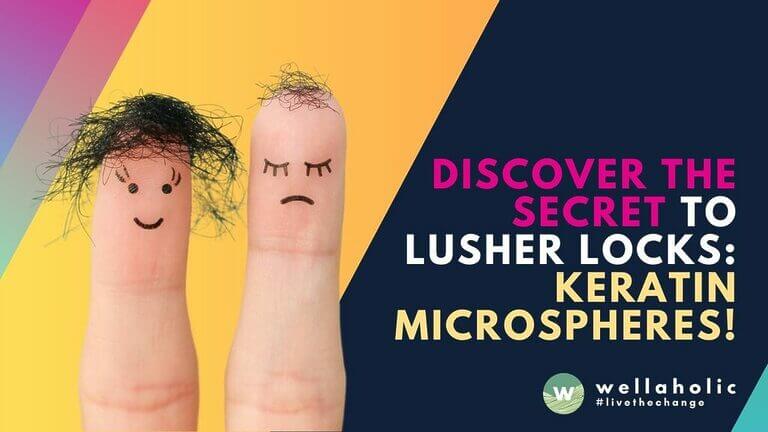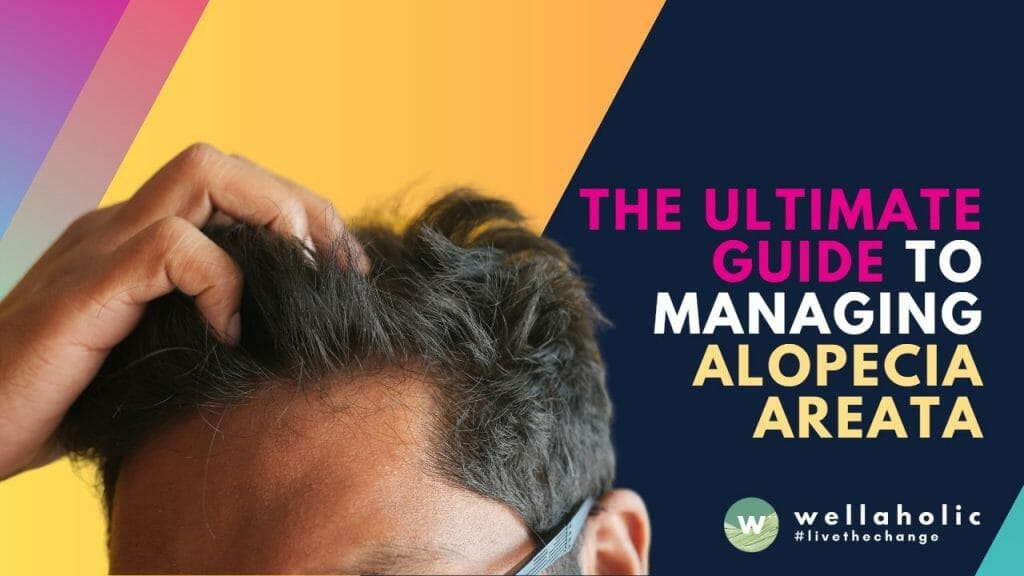
The Ultimate Guide to Managing Alopecia Areata: Tips and Strategies
Table of Contents
- 0.1 TL:DR Summary
- 0.2 Introduction: What is Alopecia Areata?
- 0.3 Understanding the Importance of Managing Alopecia Areata
- 0.4 What are the Causes of Alopecia Areata?
- 0.5 How Can Alopecia Areata be Triggered?
- 0.6 What are the Symptoms of Alopecia Areata?
- 0.7 What are the Treatment Options for Alopecia Areata?
- 0.8 What are the Practical Tips to Manage Alopecia Areata?
- 0.9 Conclusion
- 0.10 Frequently Asked Questions (FAQ)
- 0.11 Book Now Pay Later
- 0.12 HairGrow™ 3X Ultimate Hair Loss Treatment
- 1 The Ultimate Guide to Managing Alopecia Areata: Understanding Causes, Symptoms, and Effective Strategies for Prevention and Treatment
TL:DR Summary
- What is alopecia areata? A condition that causes hair loss in patches on the scalp or body.
- What causes alopecia areata? An autoimmune disorder that attacks the hair follicles, but the exact trigger is unknown.
- How common is alopecia areata? It affects about 2% of the population, and can occur at any age, gender or ethnicity.
- How is alopecia areata diagnosed? By examining the pattern and extent of hair loss, and sometimes by doing a biopsy or blood test.
- How is alopecia areata treated? There is no cure, but some treatments can help regrow hair or prevent further loss, such as corticosteroids, minoxidil or immunotherapy.
- How can alopecia areata affect one’s quality of life? It can cause emotional distress, low self-esteem, anxiety or depression, and may require psychological support or counseling.

Introduction: What is Alopecia Areata?
In my journey as an Aesthetic Director, having interacted with a diverse clientele at Wellaholic and drawing from my extensive background in aesthetic science, I’ve encountered numerous individuals grappling with alopecia areata. This condition, characterized by unexpected hair loss, often brings a significant emotional impact along with its physical manifestations.
From these experiences and ongoing research, I’ve gathered a wealth of knowledge and practical strategies to help those dealing with this condition. In this article, I will share insights on the latest treatments, effective home care strategies, and ways to emotionally cope with alopecia areata. This guide aims to empower individuals with alopecia areata, offering them not just clinical advice but also a pathway to regain confidence and control over their well-being.
“Don’t let alopecia areata control your life – take charge and reclaim your health with the ultimate guide to managing it!”

Understanding the Importance of Managing Alopecia Areata
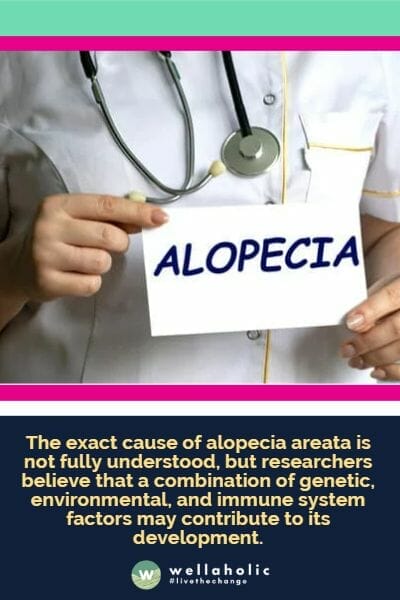
What are the Causes of Alopecia Areata?
Alopecia Areata, an autoimmune disorder, often catches people off guard with its unpredictable hair loss. It doesn’t discriminate by age or gender. In my professional experience and ongoing research, I’ve found that this condition stems from the immune system mistakenly attacking hair follicles. This leads to the hair loss we see.
More Than Just Bald Spots: The Mental Struggle of Alopecia Areata
I’ve come to understand that Alopecia Areata isn’t just about losing hair. It’s also about the unseen psychological toll it takes. Many clients have shared their struggles with me. They speak of diminished self-esteem and mental health challenges due to their hair loss. That’s why managing Alopecia Areata is vital, not only for looks but for overall mental and emotional health.
Treating Alopecia Areata requires a comprehensive approach. While we don’t have a cure yet, options like corticosteroids, topical immunotherapy, and Minoxidil can offer some relief. But remember, treatment success varies widely among individuals.

How Can Alopecia Areata be Triggered?
Alopecia areata is an autoimmune disorder that causes hair loss in patches on the scalp, face, or other parts of the body. The exact cause of this condition is not fully understood, but it is believed to be triggered by a combination of genetic and environmental factors. Here are some potential triggers for alopecia areata:
- Genetic factors: Alopecia areata tends to run in families, which suggests that genetics may play a role in its development.
- Autoimmune disorders: Individuals with other autoimmune disorders, such as rheumatoid arthritis or type 1 diabetes, are at a higher risk for developing alopecia areata.
- Stress: Emotional or physical stress can trigger alopecia areata in some individuals. This may be due to the impact that stress has on the immune system.
- Infections: Certain infections, such as a viral or bacterial infection, may trigger alopecia areata in some individuals.
- Medications: Certain medications, such as chemotherapy drugs, can cause hair loss. In some cases, this hair loss may be temporary or reversible, while in other cases, it may be permanent.
- Trauma: Trauma to the scalp, such as from a burn or injury, may trigger alopecia areata in some individuals.
In a survey of Singaporean men with androgenetic alopecia, 70% reported feeling self-conscious about their hair loss, based on a study compiled by Wellaholic.

What are the Symptoms of Alopecia Areata?
Alopecia areata is an autoimmune disorder that causes hair loss in patches on the scalp and other areas of the body. The symptoms of alopecia areata can vary from person to person and may include:
- Patchy hair loss: The hallmark symptom of alopecia areata is patchy hair loss on the scalp or other areas of the body. The patches can be small or large and are often round or oval in shape.
- Exclamation mark hairs: Hairs that are broken off close to the scalp may appear like an exclamation mark, with the hair being wider at the base and tapering off at the top.
- Nail changes: In some cases, alopecia areata can cause changes in the nails, such as pitting or ridges.
- Itching or burning: Some people with alopecia areata may experience itching or burning in the affected area.
- Hair regrowth: In some cases, hair may regrow on its own, but it may be white or fine in texture.
- Complete hair loss: In rare cases, alopecia areata can cause complete hair loss on the scalp (alopecia totalis) or the entire body (alopecia universalis).
It’s important to note that alopecia areata does not cause any other physical symptoms or health problems, and the condition is not contagious.
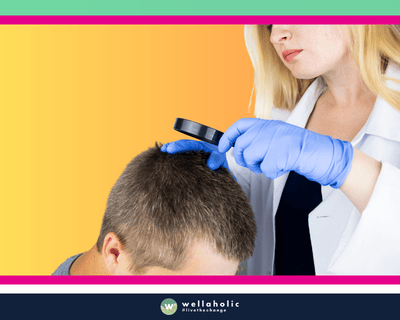
What are the Treatment Options for Alopecia Areata?
Alopecia areata is an autoimmune disorder that causes hair loss in patches on the scalp and other areas of the body. There is no cure for alopecia areata, but there are several treatment options available to help manage the condition and promote hair regrowth. The choice of treatment depends on the extent and severity of hair loss, as well as individual preferences and health factors.
Here’s a table summarizing the various treatment options for alopecia areata and their pros and cons:
| Treatment Option | Pros | Cons |
|---|---|---|
| Corticosteroids | Effective for mild to moderate cases; can be administered orally, topically, or via injections | Can have side effects such as weight gain, mood changes, and increased risk of infection; not effective for severe cases |
| Topical immunotherapy | Effective for moderate to severe cases; promotes hair regrowth by redirecting the immune system | Can cause skin irritation and itching; requires multiple sessions |
| Minoxidil | Promotes hair growth; can be used in combination with other treatments | Does not address the underlying autoimmune disorder |
| Anthralin | Promotes hair regrowth by inducing an immune response | Can cause skin irritation and staining of clothing and bedding |
| JAK inhibitors | Effective for moderate to severe cases; can promote hair regrowth by suppressing the immune system | Can have side effects such as increased risk of infection and changes in blood cell counts; expensive |
| Hair transplant surgery | Provides a permanent solution for hair loss in some cases | Requires surgery and recovery time; can be expensive |
It’s important to note that the effectiveness and potential side effects of each treatment can vary depending on individual factors such as age, overall health, and extent of hair loss.
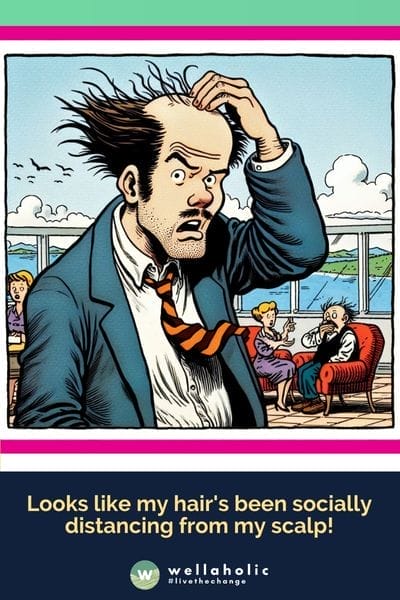
What are the Practical Tips to Manage Alopecia Areata?
Alopecia areata is a type of autoimmune disorder that affects hair growth. It causes hair loss in patches on the scalp and sometimes on other parts of the body. Managing alopecia areata can be challenging, but there are some practical tips that can help:
- Consult a dermatologist: A dermatologist can diagnose alopecia areata and prescribe the appropriate treatment. They can also provide advice on managing hair loss and suggest hair care products that are safe to use.
- Reduce stress: Stress can trigger or worsen alopecia areata. It’s essential to manage stress by practicing relaxation techniques like yoga, meditation, or deep breathing exercises.
- Eat a balanced diet: A balanced diet rich in nutrients like iron, zinc, and biotin can promote hair growth. Foods like spinach, eggs, nuts, and fish can help nourish hair follicles and promote healthy hair growth.
- Avoid harsh hair treatments: Chemicals used in hair treatments like relaxers, perms, and dyes can damage hair follicles and worsen alopecia areata. It’s best to avoid such treatments or use them sparingly.
- Protect your scalp: Sun exposure can damage the scalp and cause hair loss. Wearing a hat or using a sunscreen on the scalp can protect it from harmful UV rays.

Conclusion
Alopecia areata is a condition that causes hair loss on the scalp and other parts of the body. The exact cause of the condition is not fully understood, but researchers believe that a combination of genetic, environmental, and immune system factors may contribute to its development. While it is not a life-threatening condition, it can have a significant impact on a person’s self-esteem and quality of life.
Managing alopecia areata involves a combination of medical treatment and self-care strategies. Treatment options may include medications, injections, light therapy, or hair transplant surgery. Self-care strategies such as wearing wigs or hairpieces, practicing good scalp hygiene, and protecting the scalp from sun damage can also help manage alopecia areata. Counseling or support groups may also be helpful for addressing the emotional impact of hair loss.
At Wellaholic, we understand how alopecia areata can affect a person’s confidence and quality of life. That’s why we offer hair regrowth treatments that can help restore your hair and your confidence. Our team of professionals can provide you with the personalized treatment you need to manage alopecia areata and improve your overall well-being. Contact us today to learn more about how we can help you manage alopecia areata.
Frequently Asked Questions (FAQ)
What is Alopecia Areata?
Alopecia Areata is a condition that causes hair to fall out in small patches, which can be unnoticeable. These patches may connect, however, and then become noticeable. The condition develops when the immune system attacks the hair follicles, resulting in hair loss.
What are the symptoms of Alopecia Areata?
The most common symptom of Alopecia Areata is hair loss. Hair usually falls out in small patches on the scalp. These patches are often several centimeters or less. Hair loss might also occur on other parts of the face, like the eyebrows, eyelashes, and beard, as well as other parts of the body.
How is Alopecia Areata diagnosed?
Alopecia Areata is diagnosed through a complete history and physical examination. Your doctor will ask you questions about your hair loss, look at the pattern of your hair loss, and examine your scalp. And he or she may tug gently on a few hairs or pull some out.
What are the treatment options for Alopecia Areata?
While there is no cure for Alopecia Areata, treatment can help the hair grow back more quickly and may prevent future hair loss. Treatments for mild Alopecia Areata, which affects a small area of the scalp, involve injections of corticosteroids, topical corticosteroids, and other medicines.
How does Wellaholic approach the treatment of Alopecia Areata?
At Wellaholic, we understand how Alopecia Areata can affect a person’s confidence and quality of life. Our experts are here to guide you through the process of finding the most qualified professionals to address your specific hair loss concerns. We will help you understand the range of specialists available and outline the essential qualifications to consider when seeking expert advice.
What other services does Wellaholic offer for hair loss?
In addition to treating Alopecia Areata, Wellaholic also offers a range of other hair loss treatments, including low-level laser therapy and microneedling, to help stimulate hair growth and restore your confidence.
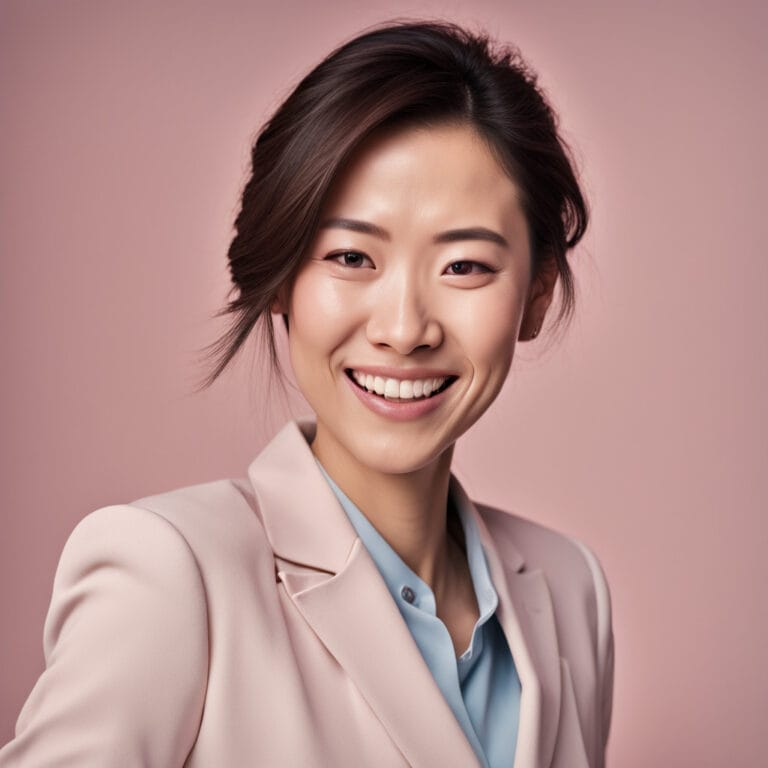
Serene Chiam, Aesthetic Director
Serene Chiam is the Aesthetic Director at Wellaholic, a well-known aesthetic chain in Singapore. She has more than ten years of experience in the aesthetics industry. With a Bachelor of Health Science (Aesthetics) and CIDESCO certifications, she expertly combines scientific knowledge with practical skills. Serene is known for her personalized approach to beauty, ensuring each Wellaholic client’s journey is unique and transformative. Her significant contributions have been pivotal in establishing Wellaholic’s reputation for excellence in aesthetic wellness.
Contact Serene at support@wellaholic.com
GET IN TOUCH
Book Now Pay Later

HairGrow™ 3X Ultimate Hair Loss Treatment
- ⭐ Supercharged Regrowth: HairGrow™ 3X is a premium plan, crafted for individuals seeking to expedite their hair regrowth journey and tackle hair loss effectively.
- ⭐ Personalized Selection: This package lets customers pick three hair loss treatments, customizing their plan to their needs.
- ⭐ Balancing Value & Variety: HairGrow™ 3X provides a unique blend of cost-effectiveness and choice, granting access to top-tier treatments at a significant discount.
- ⭐ Free Supply of Minoxidil. HairGrow™ 3X also includes a monthly supply of Minoxidil with Royal Jelly to jumpstart hair growth.
- ⭐ Award-Winning. Wellaholic’s treatments have been recognized by top beauty publications such as Daily Vanity, Beauty Insider, and Tropika Club Magazine.
- ⭐ Over 2000 Verified Customer Reviews. Wellaholic has over 30 industry awards and over 2000 positive reviews from customers, and >50% are repeat customers.



